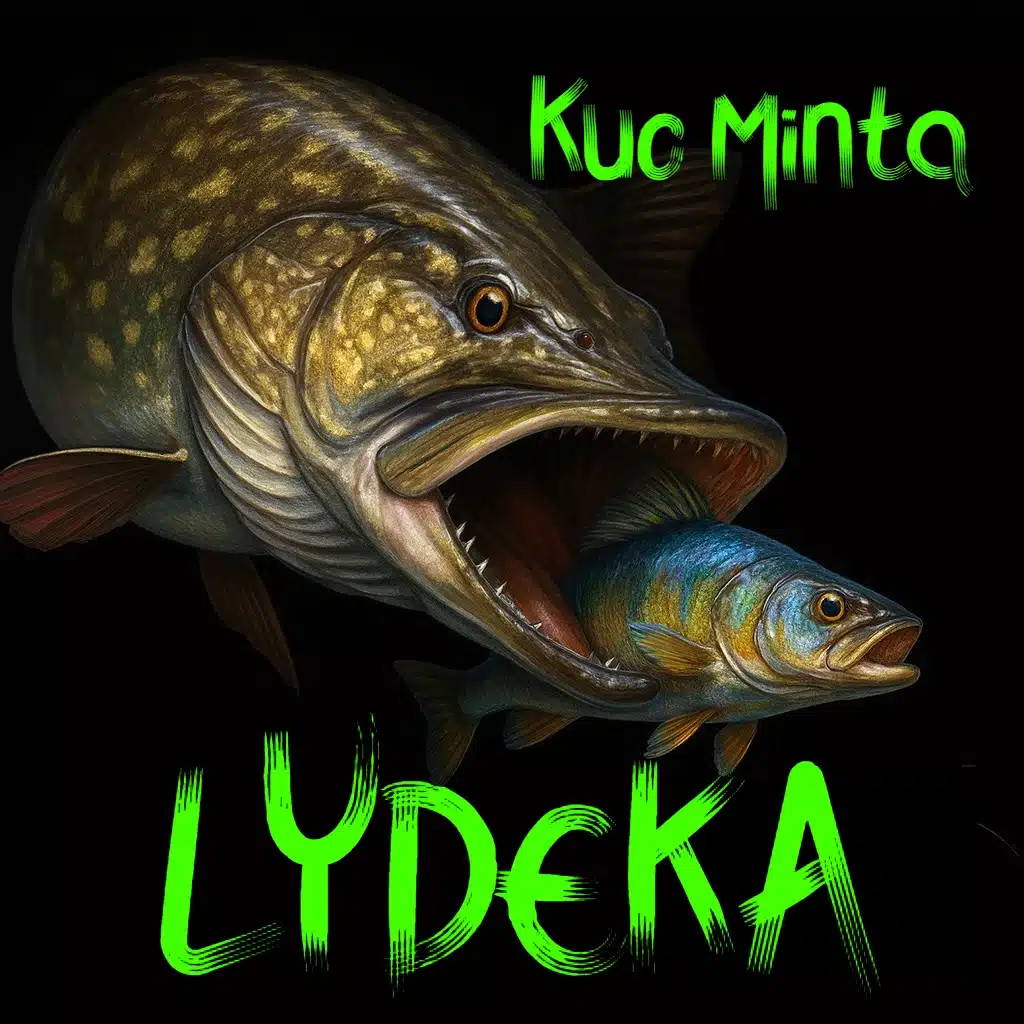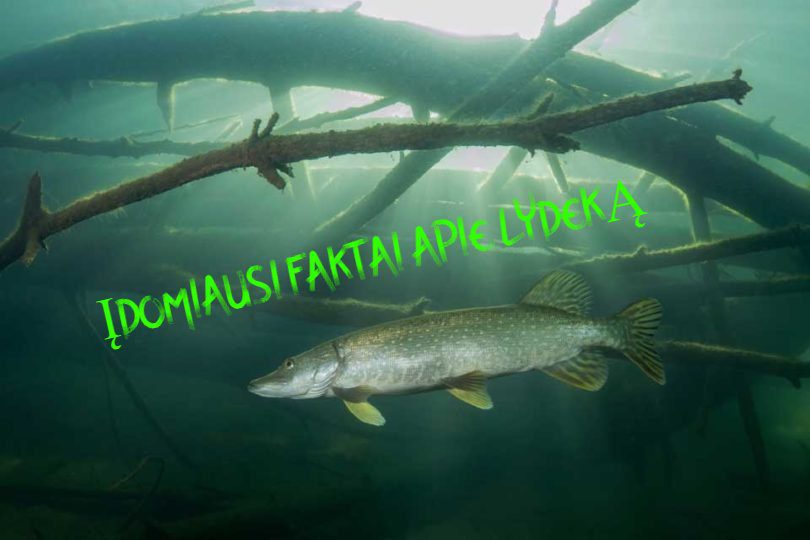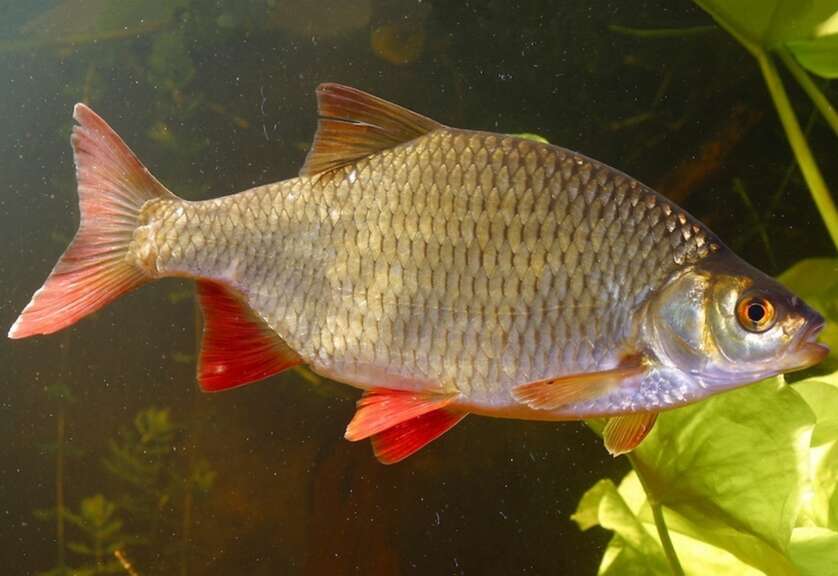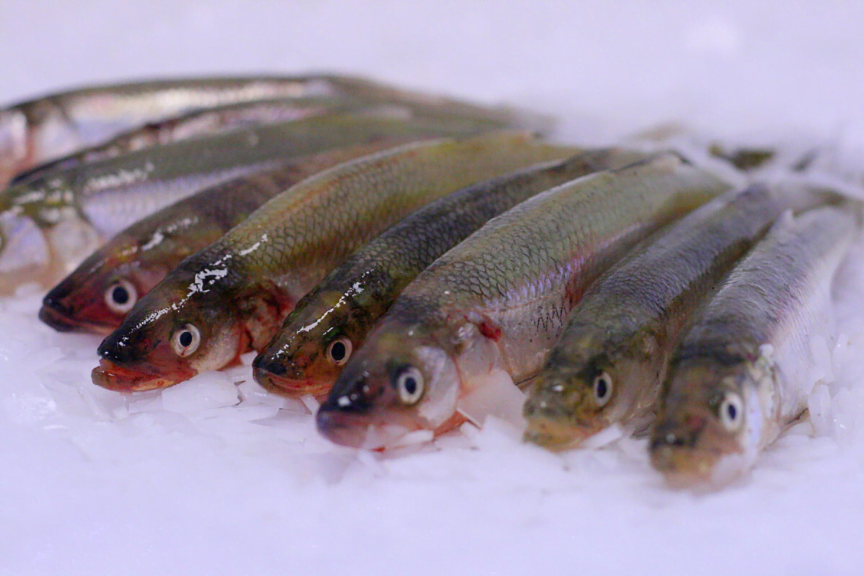Baltasis Amūras turi daug skirtingų vardų. Tarp žvejų taip pat galima išgirsti daug humoristinių pavadinimų: vandens karvė, povandeninė žoliapjovė ir pan. Šie pavadinimai nebuvo sugalvoti be priežasties. Jie visiškai atspindi žuvies gyvenimo būdą ir jos mitybos ypatibes.
Baltasis Amūras minta dumbliais ir vandens augalais. Štai kodėl jo mėsa yra labai skani ir sveika. Jis laikomas tvenkinio sodininku ir greitai suvalgo augalijos perteklių, taip išvalydamas tvenkinį nuo daugybės dumblių ir žolių.
Kaip atrodo Baltasis Amūras
Amūras – didelė gėlavandenė žuvis. Jo ilgis gali siekti 120 cm, o svoris – 40 kg. Tačiau natūraliomis sąlygomis galima rasti iki 3-6 kg sveriančių Amūrų.
Kūnas. Pailgas, šonuose šiek tiek suplotas. Forma primena cilindrą. Padengtas dideliais žvynais. Šoninė linija yra gerai matoma, besitęsianti nuo pačios uodegos iki žiaunų dangtelio pradžios. Nugaros spalva pilka, pilvas ir šonai auksinio atspalvio.
Pelekai. Nugaros pelekas gana aukštas, bet kartu ir trumpas. Dubens pelekai yra po nugaros peleku. Išangės pelekas mažas ir šviesios spalvos. Uodega yra gana didelė ir turi tamsų atspalvį.
Galva. Palyginti su kūno dydžiu, amūro galva yra maža. Kakta suplota. Lūpos mėsingos, kampai nukreipti žemyn. Galvos žvynai yra tankūs ir dideli. Akys yra mažos ir turi auksinę rainelę.
Baltasis Amūras greitai auga. Kiekvienais metais paauga iki 9-10 cm.
Kuo minta Baltasis Amūras
Baltasis Amūras yra vegetaras, mintantis tik vandens augalais. Per metus jis gali priaugti 2-4 kilogramus. Štai kodėl amūrai veisiami dirbtinuose tvenkiniuose.
Baltasis Amūras minta:
- Dumbliai
- Minkšta žolė
- Nendrės
- Ragažolė
- Įvairūs grūdai
- Kirmėlės
- Vandens augalai
Kaip neršia
Amūrai laikomi lytiškai subrendusiais sulaukę aštuonerių metų, tačiau priklausomai nuo suvartoto maisto kiekio gali subręsti ir anksčiau.
Nerštas prasideda birželio pabaigoje – liepos pradžioje, esant maždaug +25 laipsnių vandens temperatūrai.
Patelė padeda iki 1 500 000 ikrų. Ikrai turi tekėti su srove, arčiau vandens paviršiaus. Manoma, kad jei ikrai nukris į dugną, jie iškart žus. Po dviejų dienų iš kiaušinėlių atsiranda mažos lervos. Jie prisitvirtina prie augalų ir tęsia augimą bei vystymąsi imdami maistines medžiagas iš trynio maišelio.
Po savaitės iš lervos atsiranda mažytė žuvelė, kurios kūnas ne ilgesnis nei centimetras. Mažyliai plaukia kuo arčiau kranto ir iš pradžių minta zooplanktonu. Kai žuvys šiek tiek paauga, jos pradeda aktyviai maitintis augaliniu maistu.
Jei srovė rezervuare silpna arba jos visai nėra, amūrų patelė nededa kiaušinėlių, o sunaikina juos natūraliomis savo kūno savybėmis – rezorbcija.
Baltasis Amūras kulinarijoje
Kadangi Baltasis Amūras minta daugiausia augaliniu maistu, jame beveik nėra riebalų, todėl jo mėsa laikoma labai sveika ir dietine. Šimte gramų virtos mėsos yra maždaug 120 kilokolorijų. Amūro mėsoje yra daug naudingų medžiagų, vitaminų ir mikroelementų.
Rekomenduojama esant vitaminų trūkumui, naudingas sergantiesiems širdies, kraujagyslių, skydliaukės ligomis, sutrikus regėjimui bei sutrikus nervų ir virškinimo sistemų veiklai, normalizuoti hormonų lygį. Taip pat, valgydami amūrų mėsą, žmonės lėtina natūralų senėjimo procesą – tai žuvies mėsoje esančių antioksidantų dėka.
Amūro mėsa yra tanki, minkšta ir balta. Kaulų nedaug ir jie dideli.
Amūro kepenėlės laikomos ypatingu delikatesu. Gurmanai pastebi jo originalų skonį, o dietologai – didžiulę naudą organizmui.
Tradiciškai geriausiu patiekalu iš amūro laikoma ant laužo išvirta žuvienė. Žuvį galite kepti orkaitėje folijoje arba kepsniais, keptuvėje.










